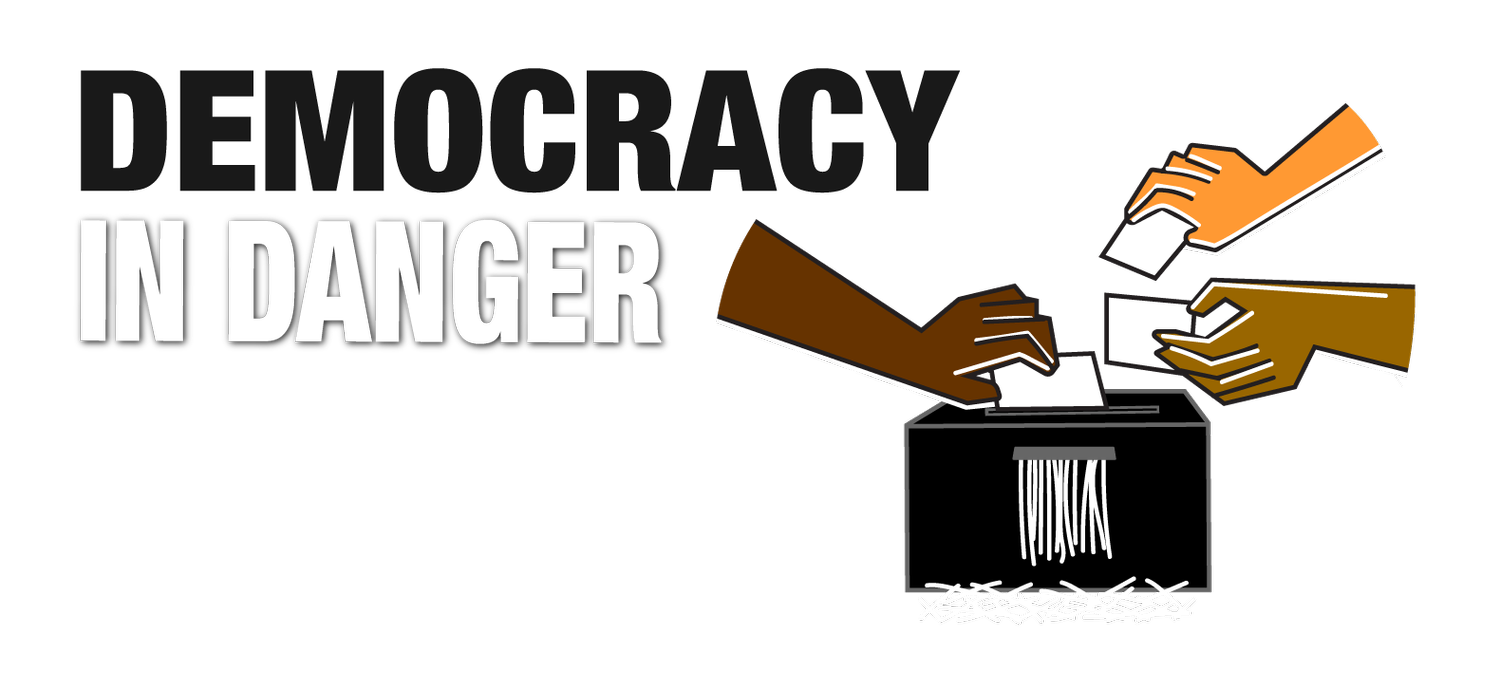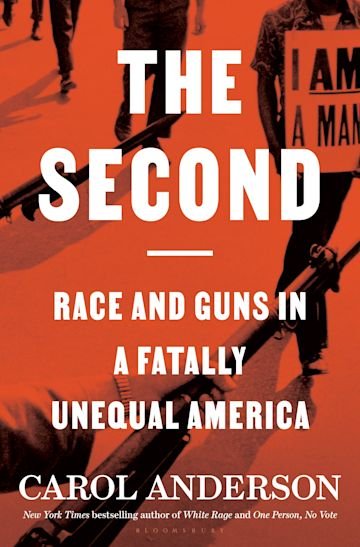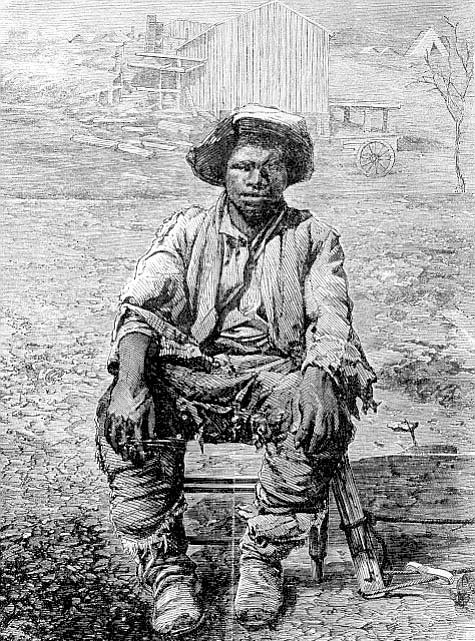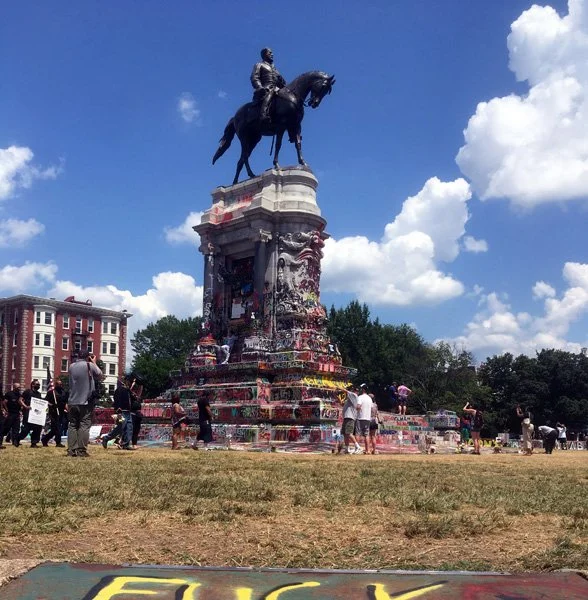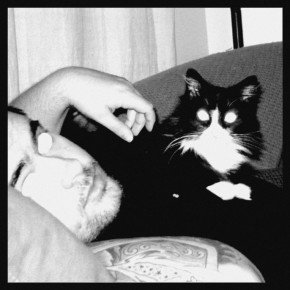Locked and Loaded
America is awash in guns. And that’s bad for a democratic republic.
Read
There are more firearms — nearly 400 million — in the United States than people. Hundreds of them were on full display at a pro-gun rally in Virginia, in 2020, where a group of strange bedfellows met in praise of the Second Amendment. Most were white nationalists and far-right extremists. But more than few who were there, toting loaded semiautomatic rifles and other military gear, were African-American activists.
Joined by producer Robert Armengol, Will and Siva revisit that unsettling demonstration, held just blocks away from the Black Lives Matter protests that had engulfed Richmond. And together they unpack the contradictions on display in a scene infused with racial tension, yet racially diverse. Then we turn to a conversation with historian Carol Anderson, about her latest book. She breaks down the long and sordid story of the right to bear arms in America. If you thought it was about the “individual right” to carry weapons, or even about militias defending a free state against foreign invasion, think again.
Anderson’s research shows that the Second Amendment, both when it was written and across time, has been about keeping Black folk in place, by force when necessary. And the “militia” referenced in the text, apparently meant to defend freedom? She says its chief role in the early republic, and as late as the Atlanta race massacre of 1906, was destroying the efforts of enslaved people and free Blacks alike to seek liberty and defend themselves. Anderson draws a clear line from this past to a present where even the “good guy with a gun” — like Emantic Bradford Jr., in 2018 — gets shot down by a cop because he’s Black.
Meet
Carol Anderson is the Charles Howard Candler Professor of African American Studies at Emory University and the 2022 recipient of the Gittler Prize for her scholarly contributions to the study of race, ethnicity and religion. She is the author of White Rage: The Unspoken Truth of Our Nation's Divide (Bloomsbury, 2016), a New York Times Bestseller, and of One Person, No Vote: How Voter Suppression is Destroying Our Democracy (Bloomsbury, 2019), which was a finalist for the PEN/Galbraith Award in non-fiction. Her most recent book is The Second: Race and Guns in a Fatally Unequal America (Bloomsbury, 2021). Anderson has appeared on major network news programs contributes frequently to the New York Times, the Washington Post and other popular media. Follow her on Twitter @ProfCAnderson.
In her most recent book, The Second, Anderson tells the story of the Second Amendment through the lens of slavery and racism in America, from the defeat of Gabriel’s rebellion in Virginia in 1800 to the killing of Philando Castile in his car during a traffic stop, outside of St. Paul in 2016.
Anderson breaks down how fears of slave revolts in the late 18th century played into the ratification — and implementation — of the Second Amendment to the U.S. Constitution, in this essay for the Guardian.
This isn’t the first time Anderson has joined us on Democracy in Danger. Check out our interviews with her about voter suppression and the aftermath of the 2020 election.
One Person, No Vote exposes how voter suppression is working in the wake of the Supreme Court’s Shelby v. Holder decision of 2013. Voter-ID laws and the widespread closure of voting locations have replaced poll taxes and literacy tests as the magic tricks of disenfranchisement. And she explores the activism that has arisen in response to these efforts.
Last month Anderson detailed, in another Guardian piece, how the Supreme Court’s conservative majority has upheld voting restrictions that have a disparate impact on minorities.
One Person, No Vote exposes how voter suppression is working in the wake of the Supreme Court’s Shelby v. Holder decision of 2013. Voter-ID laws and the widespread closure of voting locations have replaced poll taxes and literacy tests as the magic tricks of disenfranchisement, Anderson argues. And she explores the activism that has arisen in response to these efforts.
Learn
Uprisings like Gabriel’s conspiracy, thwarted in 1800, confirmed for slaveholders that the right to bear arms was necessary to protect their interests. Ratified just a few years earlier, the Second Amendment was a bargain Northern leaders made with the South to preserve the Union — and the slaveholding system on which the country was founded.
When federal troops pulled out of the South in the years following the Civil War, African Americans were left to fend for themselves. And when they did take up arms to protect themselves against racial violence, White mobs lynched them. The 1906 Atlanta Race Massacre is one case in point.
In 2018, a police officer shot and killed Emantic Bradford Jr. in an Alabama shopping mall. Bradford was using his legally owned firearm and military training to save mallgoers from an active shooter. His family is still seeking justice in his killing.
The persistent killing of Black citizens at the hands of police and of vigilantes sparked the Black Lives Matter movement. Castile, 32, was shot while trying to tell an officer he had a legally concealed handgun in his vehicle. And just last month, in Minneapolis, police killed 22-year-old Amir Locke — who also had a gun permit — while executing a no-knock search warrant.
Reflecting on pleas across the country for racial justice, National Geographic explored the origin story of Richmond’s Monument Avenue and the massive statues that were still standing there in honor Confederate leaders. The graffitied monument to Robert E. Lee later made the magazine’s cover.
A resident of Monument Avenue, UVA Democracy Initiative co-director Melody Barnes argued in the Washington Post for the removal of those statues.
Before efforts to bring them down proved successful, Black Lives Matter supporters faced down tear gas from police trying to break up their peaceful demonstrations, in the summer of 2020.
Just a few blocks away, on July 4 of that year, about 250 pro-gun activists filled the street just below Capitol Square to protest new gun safety measures in Virginia. (It was the second such rally held in Richmond in 2020; the first, in January, drew thousands.) This time, however, far-right groups were met with a show of force from African Americans who were there to defend their own gun rights. Nearly everyone in the crowd was armed to the hilt. No one was hurt.
The state’s new gun laws capped handgun purchases at one per month, allowed municipalities to prohibit firearms in government buildings, and closed a gun-show loophole on background checks. Another change — a so-called “red flag” law — empowered judges to seize weapons by emergency order from defendants who are shown to pose a risk of violence.
Such laws are bound to face court challenges. Recent Supreme Court rulings — in 2008 and 2010 — found that both the federal government and the states must respect an individual right to bear arms. In November, the high court heard arguments in yet another Second Amendment case out of New York. Slate’s Saul Cornell called the pro-gun argument in that case “a mockery of originalism.”
Pro-gun laws enacted in other states have been fueled by racial resentment and, in that way, are in line with the Second Amendment’s ugly past. In his 2020 book Dying of Whiteness, sociologist Jonathan Metzl shows how these laws are killing the same people who support them.
Heard on the show
Here’s a rundown of the extra tunes we used to score this episode, in the order they appeared:
The title track off Bored & Alone (2011), by Waylon Thornton and the Heavy Hands.
Two songs from the Blue Dot Sessions: “Chrome and Wax,” off their 2015 album Ray Gun; and “Lovers Hollow,” off Bitters (2019).
“Bring a Gun,” by Schemawound, from the 2014 collection My Time As a Rat.
The jazz trumpeter Bobby Bryant’s 1969 cover of the Beatles’ “Happiness is a Warm Gun.”
Off the 2014 album Unamerican, “Jim Crow,” by the bluegrass band Cletus Got Shot, of Fayetteville, Ark.
And “The Knight of Jaffa,” a 2015 single released by the Beacon, N.Y., band Fearless Super Pictures.
You also heard field tape recorded by our producers at the gun rally of July 4, 2020, in Richmond — supplemented with local news broadcasts from several sources.

